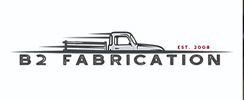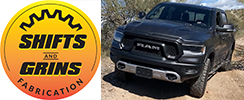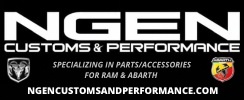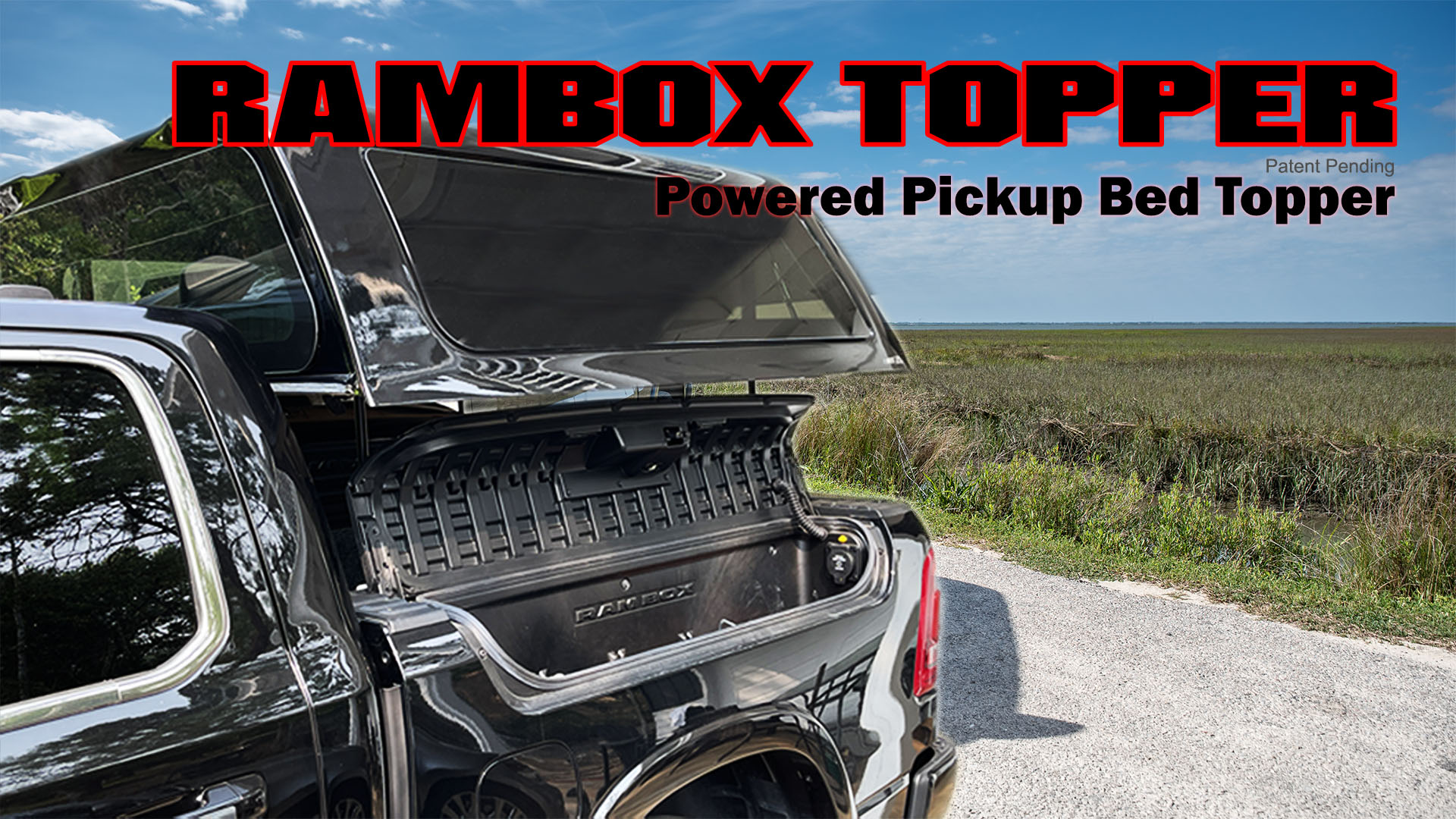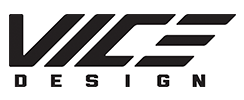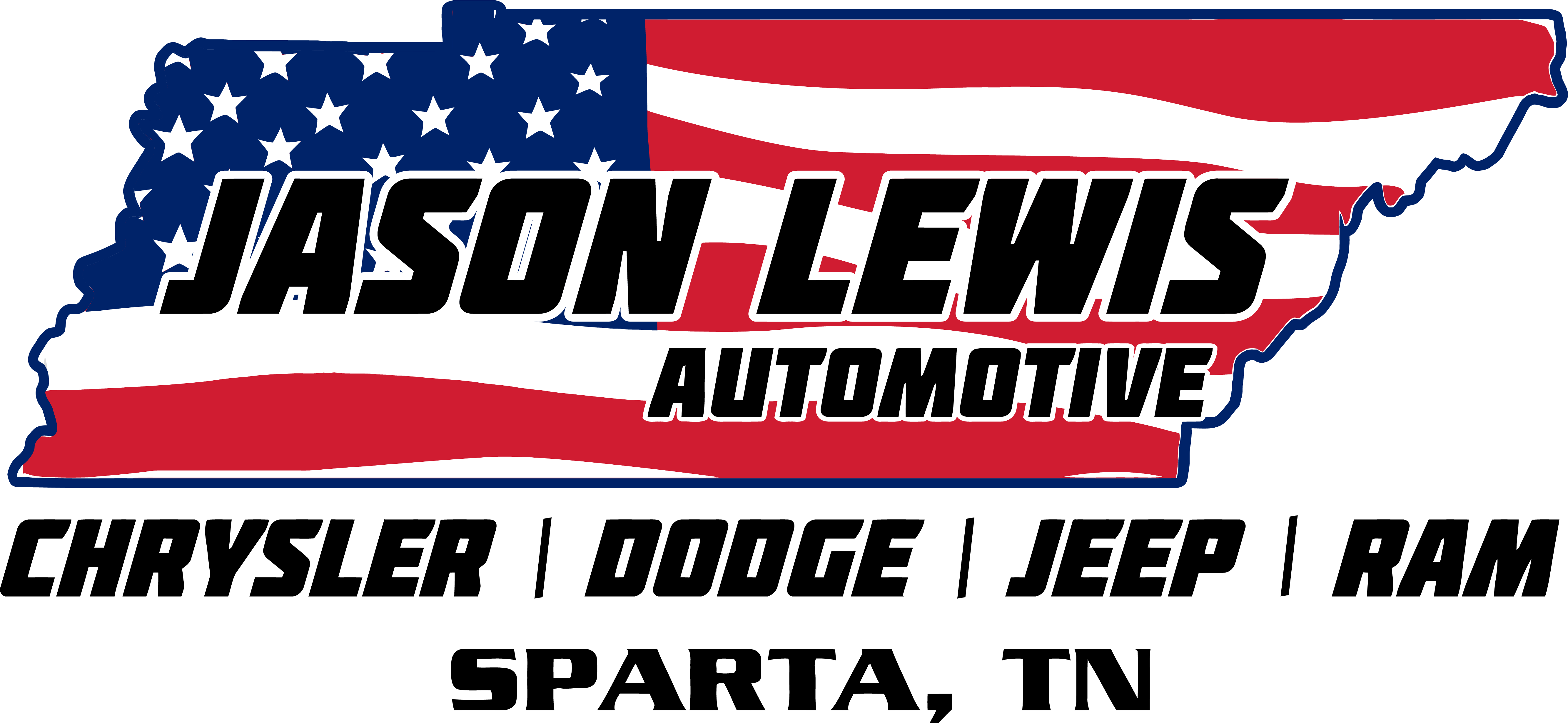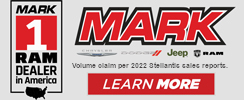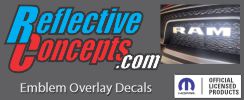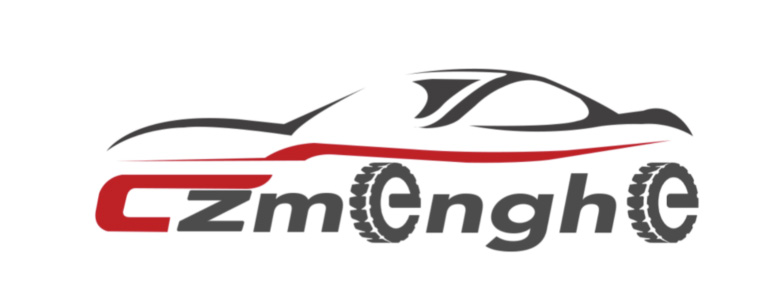Take a look at this video, or frankly anything else this guy puts out that you have time to watch.
He takes the time to masterfully explain the concepts that the folks here are only hinting at. I can understand they might be tired of typing out the same thing over and over (as am I), but I don’t understand the hostility or judgment.
The short version is that a double wishbone IFS like all modern half ton trucks use only have a finite range of travel up and down. The higher you level IFS, the further down in that travel your “resting” stance is. Full droop for prolonged periods will wreak havoc on your cob axles - due to both boot rub but also the lessened torque ceiling of a CV joint at an angle.
On top of this, ride quality goes to crap because a) you have essentially no more down travel and b) puck style levels do not allow for any additional up travel. You essentially kill your useful suspension travel.
That is because while a higher level makes the wheel/hub sit lower in its range of travel, the front differential’s location always remains the same. So when you want to raise the front by more than a couple inches a true lift kit is used, which has bracketry to relocate the front differential lower so that the cv angle is same/similar as stock.
Because of the lower LCA mount that results, lift kits also replace the stock spindle/knuckle with a longer one so that UCA and LCA retain a similar degree of parallel-ness as stock (though certainly not to say perfectly parallel, just similar to stock).
Then there’s the matter of extending shock length, where you have options. Cheap option is a giant spacer, typically for use with stock coilovers. This means after all the work and money to install a lift kit you still have no better suspension performance or travel than you had stock. So you go this route for looks essentially. Admittedly it’s not my cup of tea. These are kits like ReadyLift, Rough Country, Maxtrac etc.
Alternatively you use custom extended length coilovers that do not use a spacer to make up the extended space. This allows you to realize some additional travel and performance. These are kits like BDS etc.
But, because a lift kit lowers the front cross member, you end up with no better ground clearance vs a small level, given the same tire size. So a lift kit is really just for clearing the body of the vehicle, whether that be for larger tires (think monster truck or bro-dozer) or off the ground (mud boggers) etc. Or, just for looks.
Finally a good lift kit provides all the little things to avoid binding issues when relocating hard parts - extended brake lines, sway bar links, driveshaft spacers etc.
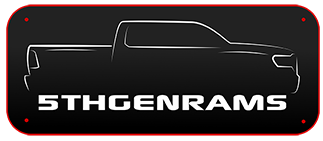
 I need all the luck I can get.
I need all the luck I can get.